Collection of Guides on Mastering SQL, Python, Data Cleaning, Data Wrangling, and Exploratory Data Analysis
KDnuggets
MARCH 20, 2024
Are you curious about what it takes to become a professional data scientist? By following these guides, you can transform yourself into a skilled data scientist and unlock endless career opportunities. Look no further!

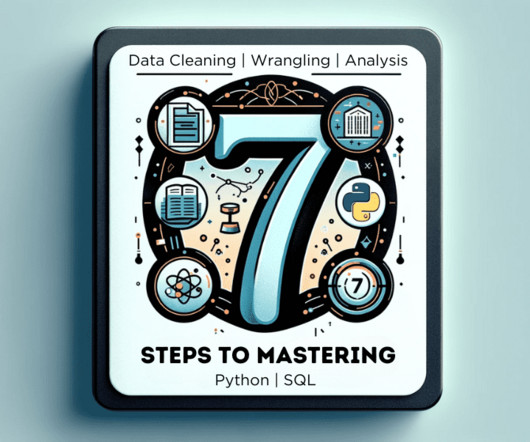

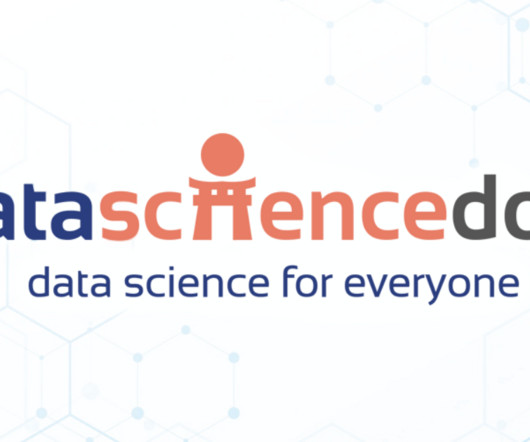
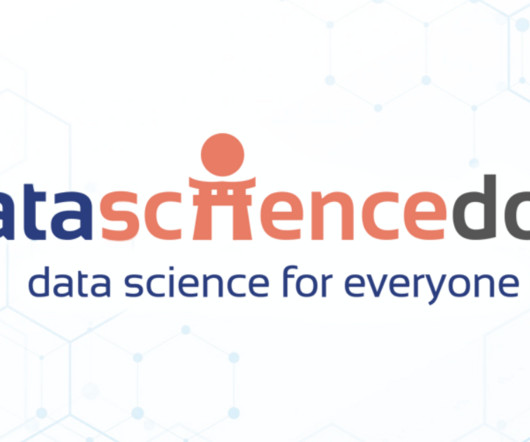
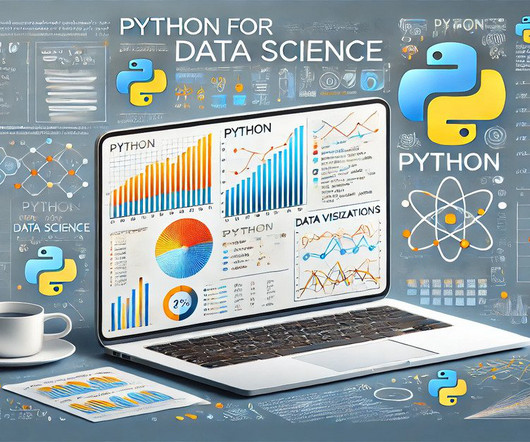
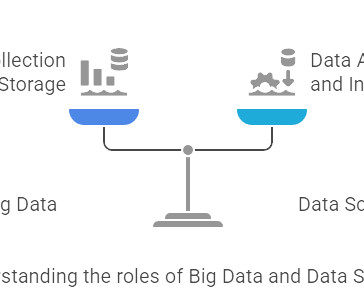


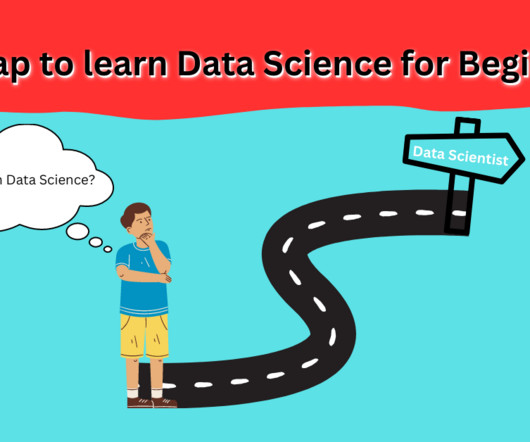
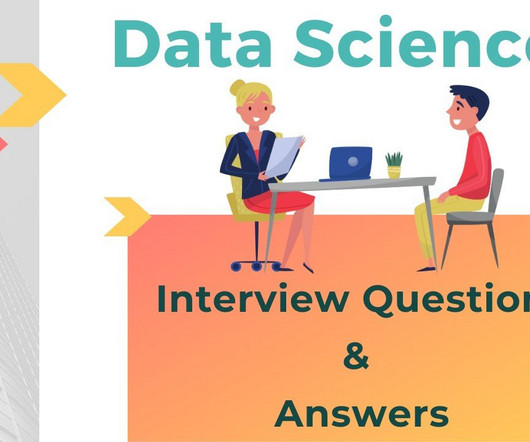

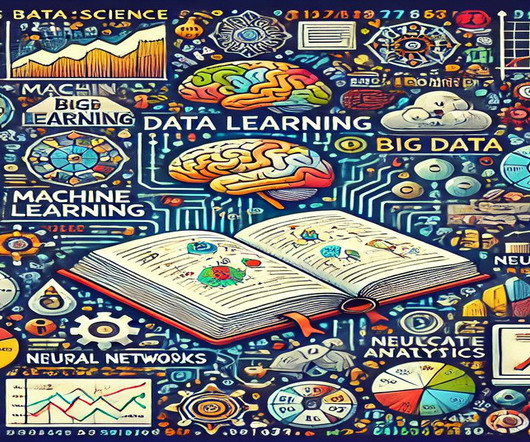






Let's personalize your content